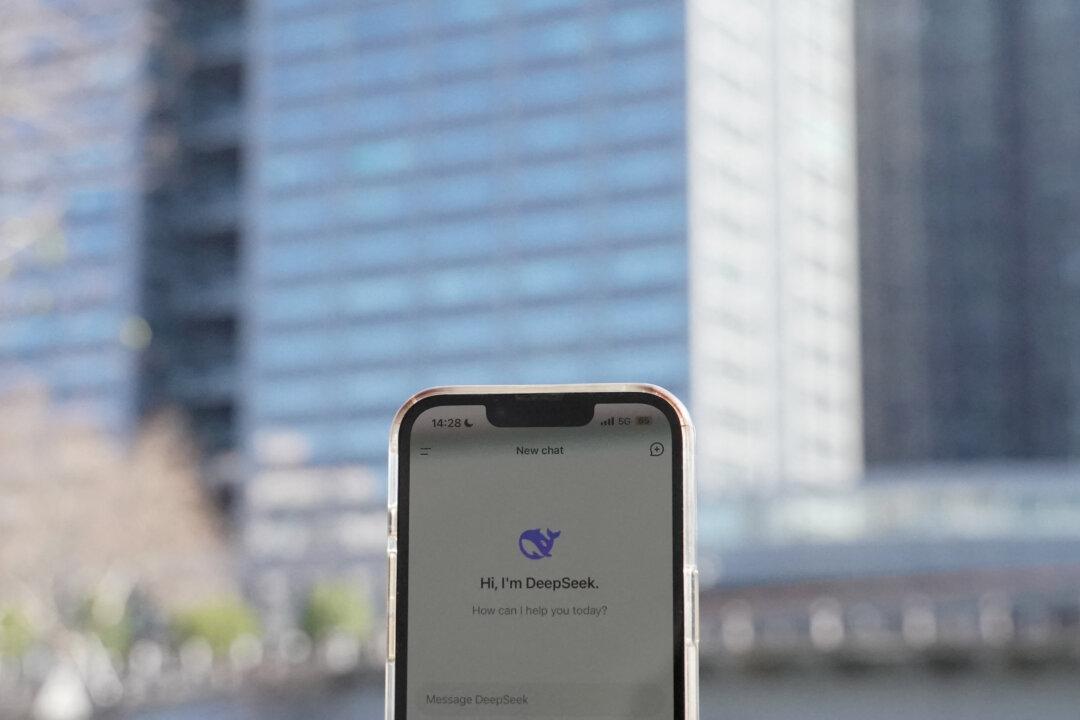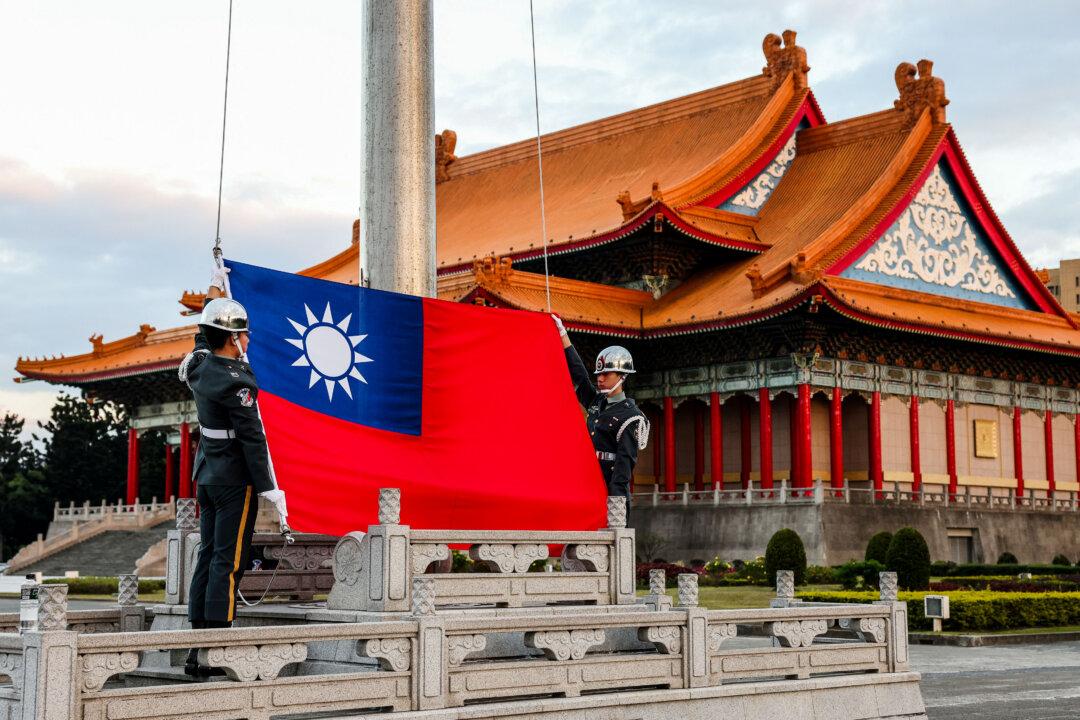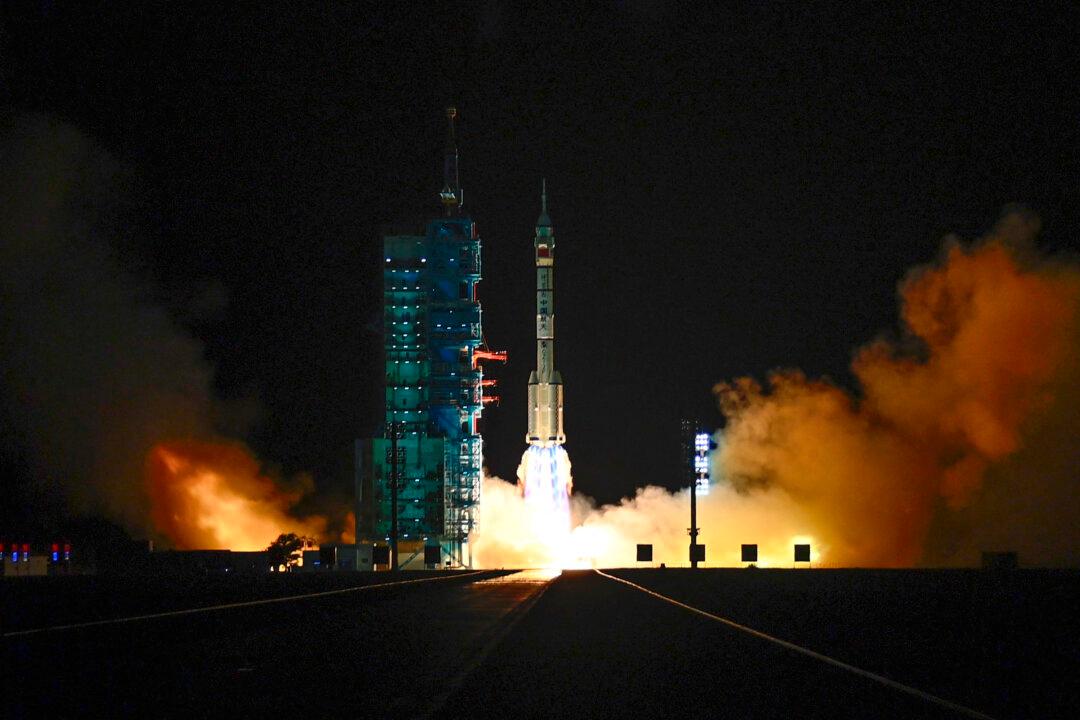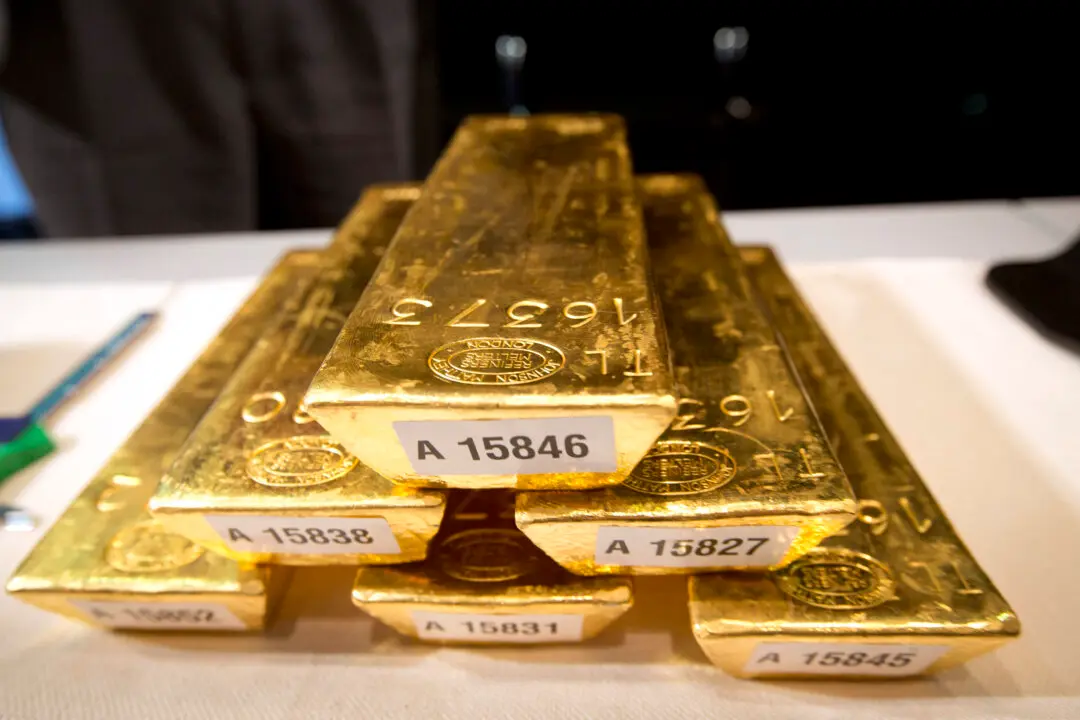In the face of an improving economy, a weakening yen, and robust government support for the tourism sector, Japan has witnessed a surge in specialized tourism projects, including medical and cultural experience tours. These initiatives have successfully attracted a substantial number of visitors, bringing tourism numbers back to pre-pandemic levels.
Despite this overall success, there has been a notable decline in tourists from China, nearly halving in number. Experts have delved into this phenomenon, shedding light on the unique consumption patterns of Chinese tourists in Japan.
The surge in tourism is largely attributed to visitors from Taiwan, South Korea, the Philippines, Europe, America, Australia, and the Middle East. In January, tourists from these regions, along with 23 other key markets, reached an all-time high, with South Korea, Taiwan, and Australia experiencing record-breaking numbers of visitors to Japan.
Interestingly, the statistics from January 2024, compared to January 2019, indicate stable tourist numbers from all 23 key markets, with the notable exceptions of China and Russia. While declines were observed in some countries and regions, they were relatively minor. In contrast, Taiwan, South Korea, and Singapore saw significant increases.
However, the number of Chinese tourists plummeted from 754,421 in January 2019 to 415,900 in January 2024, a 44.9 percent decrease. Russian tourists also saw a significant reduction, dropping by 49.3 percent. While the decrease in Russian tourists is attributed to the ongoing conflict, the sharp decline in Chinese visitors is particularly striking, second only to Russia.
Liang Tian, an expert on Japanese tourism and a university professor in Japan, told The Epoch Times that the significant drop in Chinese tourists to Japan is “primarily due to China’s severe economic downturn, which has led to job losses and pay cuts, reducing many people’s ability to afford international travel. Additionally, Japan’s stringent visa scrutiny for Chinese nationals has posed challenges for those wishing to visit.”
When asked about the potential impact of concerns over treated nuclear wastewater, he noted, “While it’s not a major factor, it’s also not completely irrelevant. However, most informed Chinese citizens understand that the so-called ‘nuclear wastewater’ is not harmful to human health. Social media discussions in China have shown that other countries do not amplify this issue as much, and it generally does not deter travel. ... The majority are now acquainted with the facts surrounding this matter.”

Revitalizing Tourism With Innovative Health and Cultural Initiatives
In a strategic move to rejuvenate its tourism sector, the Japanese government unveiled its fourth Basic Plan for Promoting Tourism in March 2023. This ambitious plan has three pivotal strategies: fostering sustainable tourism, augmenting tourist expenditure, and directing visitors towards Japan’s picturesque rural locales. In tandem, local entities and the broader tourism sector are rolling out inventive projects aimed at drawing in international visitors.The allure of Japan’s cosmetic and medical offerings has caught the eye of Chinese tourists, especially post-pandemic, as health awareness has risen. To cater to this interest, select travel operators are forging partnerships with beauty clinics and medical centers to provide a holistic “experience tourism.” This includes logistical support like accommodation reservations, translation services, cosmetic procedures, and medical checkups, ensuring a seamless and enriching visit.
Targeting affluent Chinese tourists, the industry aims to expand its network of participating beauty and medical facilities to over 100 by 2024. Plans are also underway to extend these offerings to visitors from Taiwan, Thailand, and beyond.
In a cultural appeal, travel firms in Kyoto and other iconic locations are offering kimono rentals, allowing tourists to immerse themselves in Japanese traditions. These services, offered in multiple languages, including English and Chinese, have seen a surge in demand, reflecting their popularity among international visitors.
JTB, a leading travel service provider, in collaboration with Mitsui Fudosan, is crafting exclusive experiences for well-heeled international tourists. These packages encompass medical, dietary, and experiential components, aimed at alleviating over-tourism and elevating tourists’ spending quality.
Data reveal that affluent tourists spend nine times more than the average visitor, with an average outlay of about 1 million yen (about $6,700) each. The most popular expenditure categories include precious metals, watches, medical services, and duty-free shopping. Among high spenders, health checkups and treatments represent a significant portion of their expenses, highlighting the growing trend towards health and wellness tourism.
Over the past year, tourists who spent more than 3 million yen (about $20,000) during their stay in Japan allocated a substantial 30 percent of their budget to health checkups and treatments. Moreover, catering to the discerning tastes of the affluent, several enterprises have introduced exclusive offerings, including adventure tours, premium accommodations, and bespoke services.

Evolving Spending Patterns of Chinese Tourists in Japan
Mr. Liang has noted a significant shift in the behavior of Chinese tourists visiting Japan, with a nearly fifty percent reduction in their numbers but a marked change in their spending habits. Where once the emphasis was on purchasing large quantities of Japanese goods, such as electronics, cosmetics, and pharmaceuticals, and indulging in Japan’s renowned food culture, there is now a growing preference for “experiential tourism” that focuses on immersing in Japanese culture.“Even before the pandemic struck, Japan’s tourism sector was rich in cultural experiences, including luxury hot springs, exquisite Japanese cuisine, and unique cultural encounters, drawing numerous Chinese elites,” Mr. Liang observed. However, the pandemic’s onset and the ensuing visa suspensions severely impacted Japan-related businesses, many of which shuttered. This segment of tourism is now seeing a resurgence and expansion.
“Medical tourism has become a key expenditure for affluent Chinese tourists seeking treatments and health checkups in Japan,” Mr. Liang added. Despite the suspension of business and tourist visas from China during the pandemic, Japan continued issuing medical visas on humanitarian grounds.
The cost for foreigners undergoing medical treatment in Japan is significantly higher, approximately threefold than for Japanese citizens. Yet the advanced medical technology, comprehensive care, and exceptional service, coupled with VIP treatments, make Japan a preferred destination for medical tourism among wealthy Chinese.
Mr. Liang also touched on the tightened visa regulations for Chinese tourists, attributing them to strained Sino-Japanese relations and fraudulent visa applications from Chinese travel agencies. This trust deficit, alongside China’s economic downturn, suggests a slow recovery to pre-pandemic tourist levels.
Japan’s appeal to Chinese tourists extends beyond safety and cleanliness. Its rich cultural heritage, bearing elements of traditional Chinese culture, fosters a sense of familiarity and warmth among Chinese visitors. “Japan’s safety, particularly for young women traveling alone, further bolsters its attractiveness,” Mr. Liang mentioned.
Interestingly, Mr. Liang pointed out differences in tourist preferences: “While Europeans, Americans, Taiwanese, and Hong Kong tourists gravitate towards Japan’s cultural capitals like Kyoto and Nara for traditional experiences, Chinese tourists show a stronger inclination towards shopping, dining, and modern cultural attractions such as Disney, Universal Studios, and manga.”
The Japanese government aims to surpass the 2019 tourism milestone of 31.88 million visitors and expenditure of 4.8 trillion yen (about $32 billion), targeting 5 trillion yen (about $33.3 billion) by 2025. However, labor shortages present a significant challenge to achieving these goals, posing a dilemma for both the government and the tourism industry.







